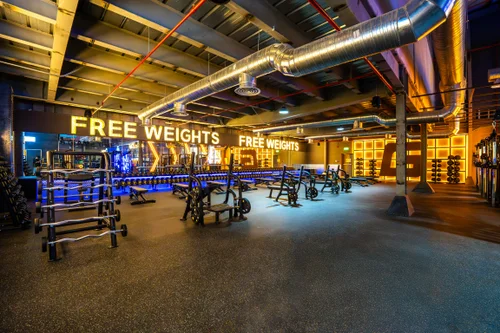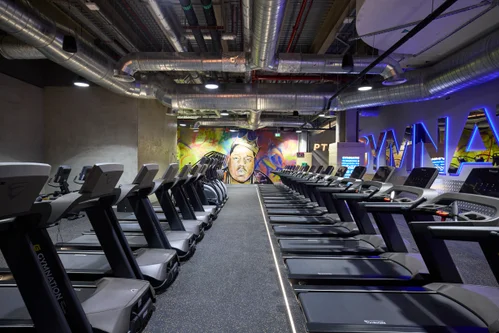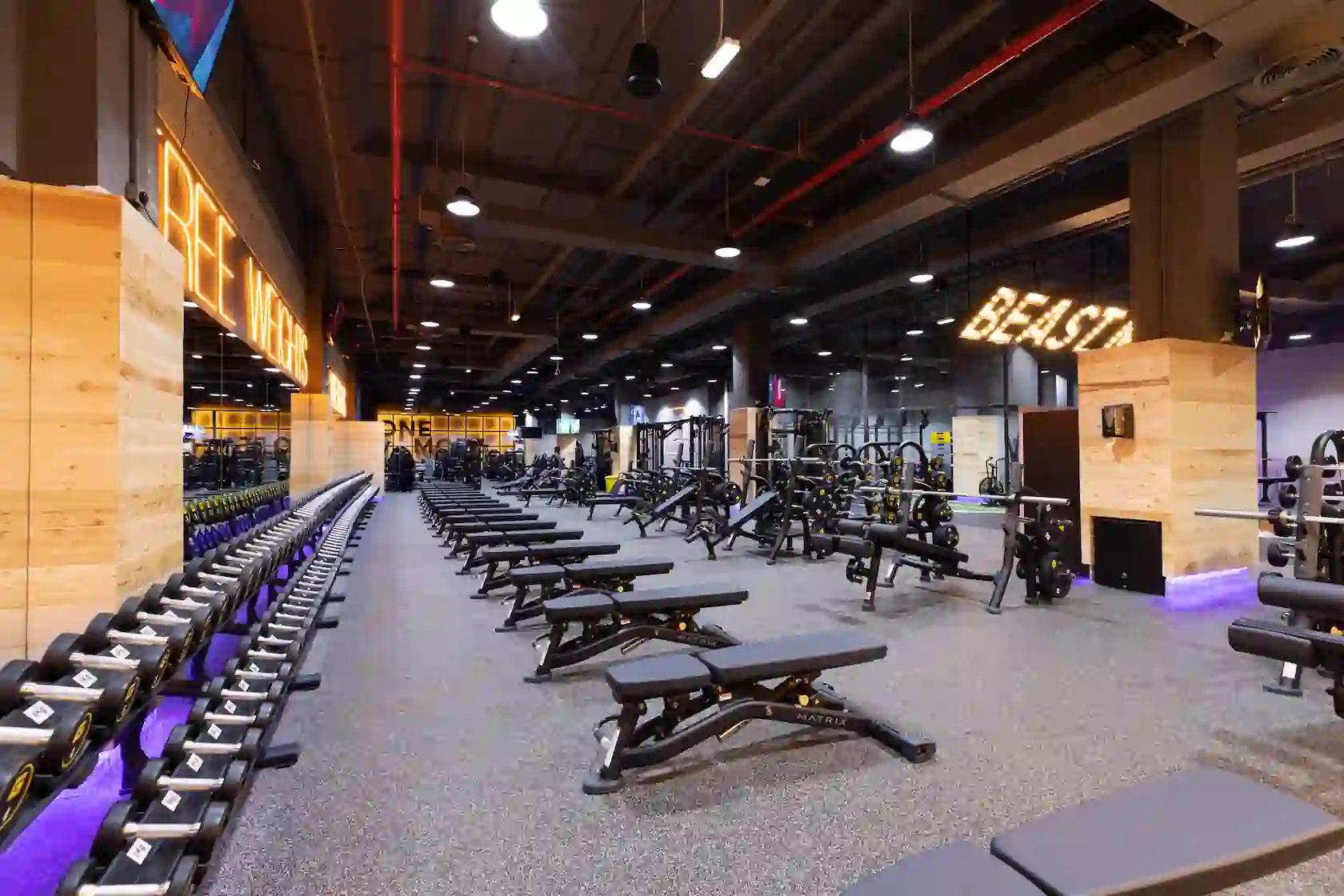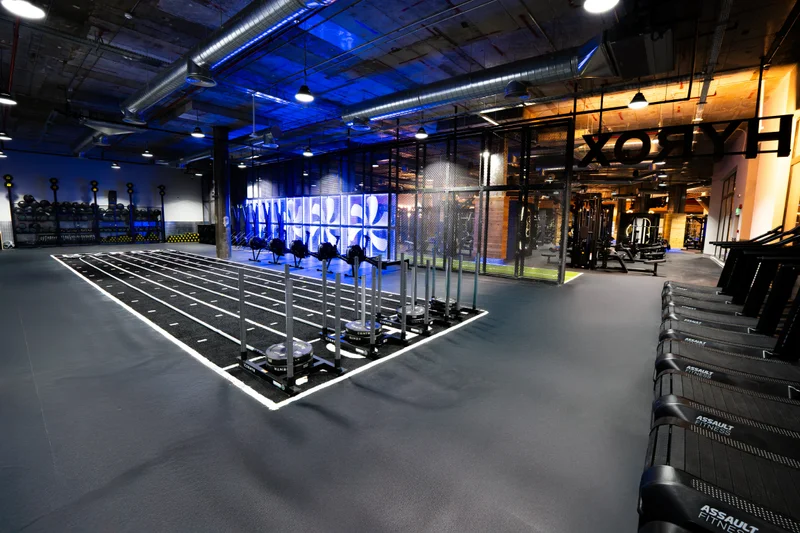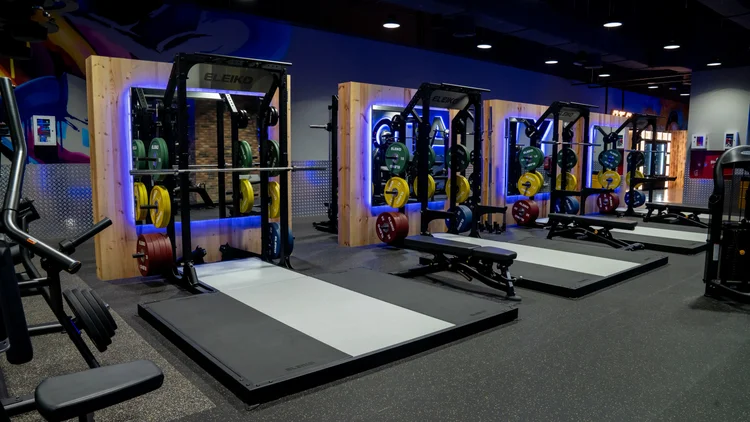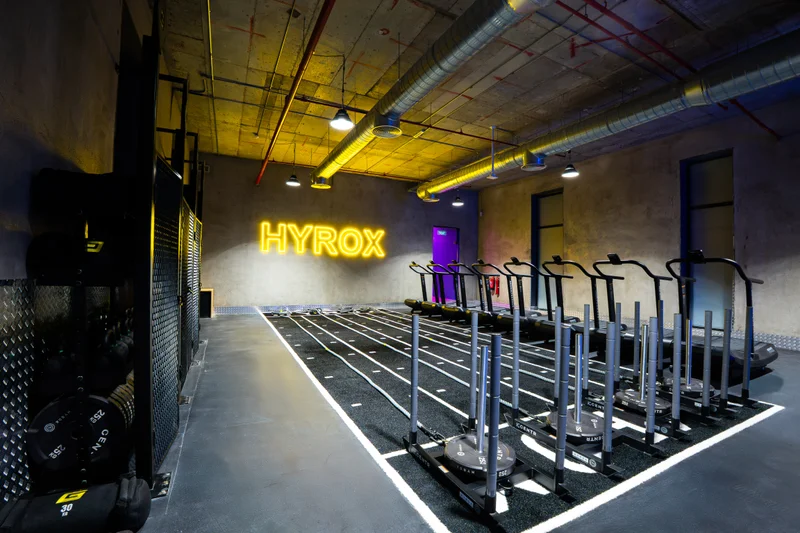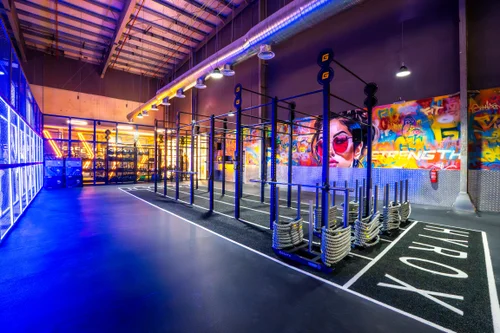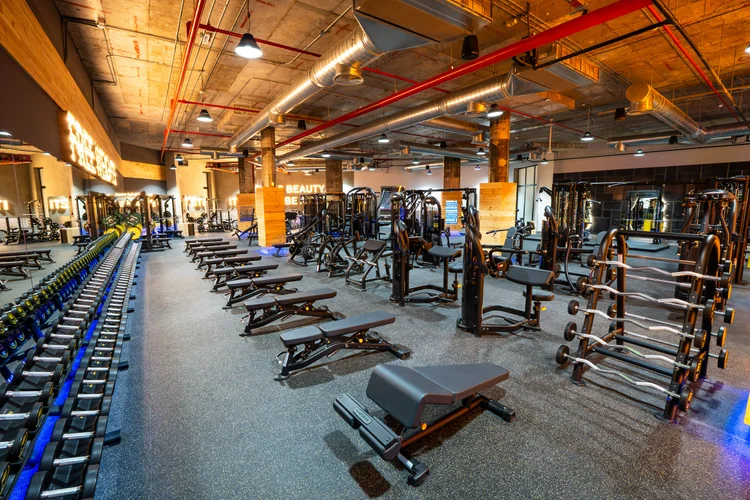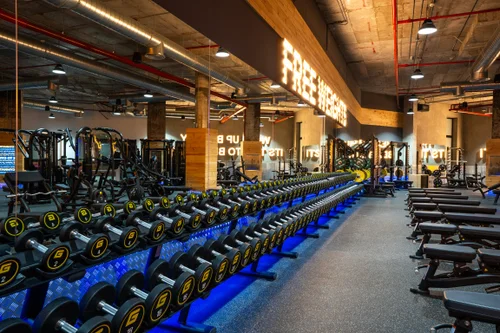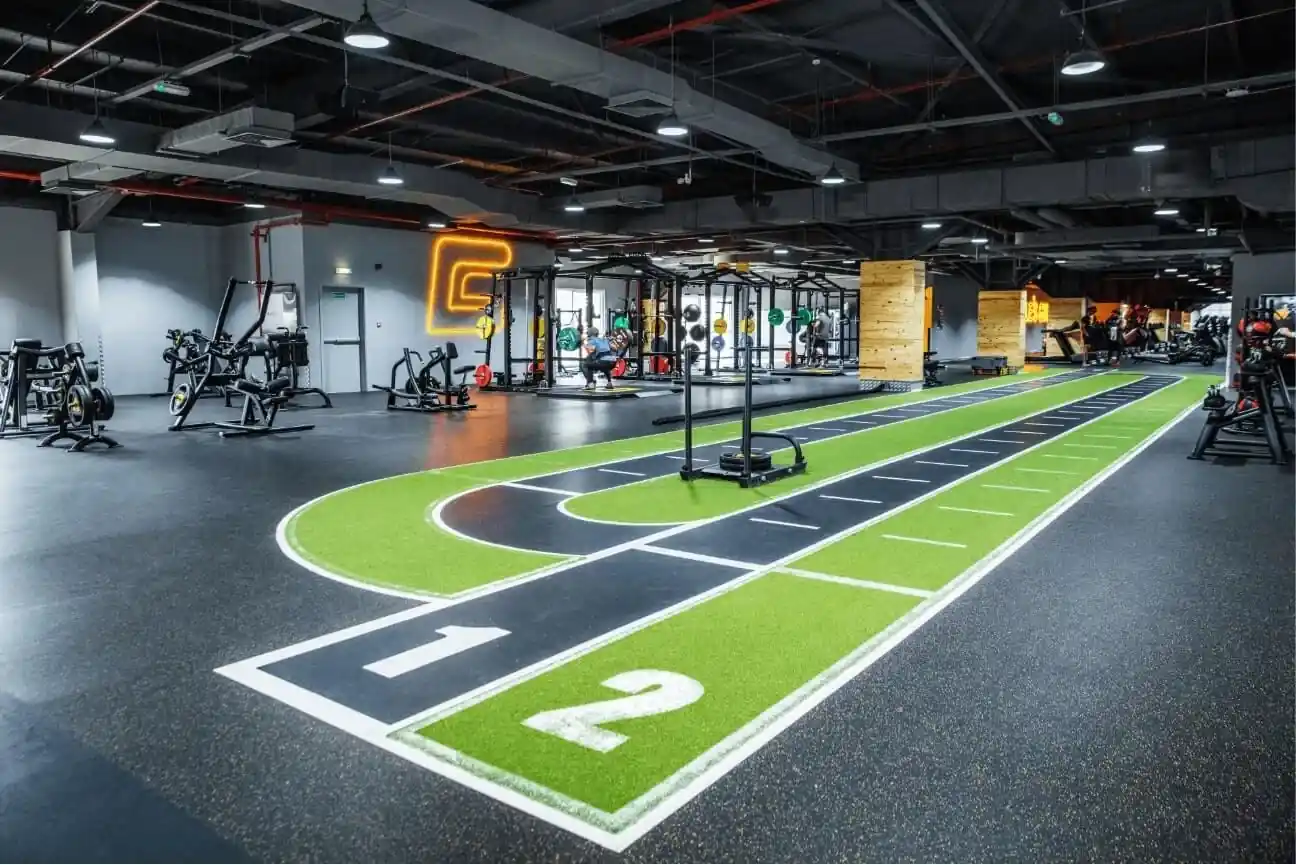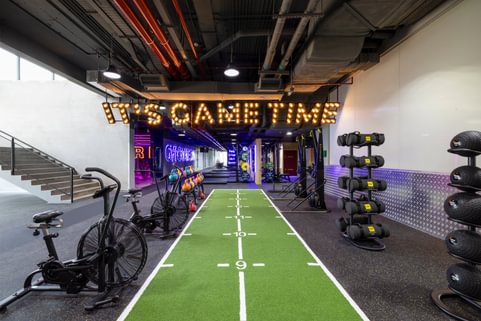Should You Work Out When Your Muscles Are Still Sore?

SIGN UP FOR YOUR FREE DAY PASS TODAY!
That achy, stiff feeling after a tough workout has you wondering: should you push through or take a break? If you're dealing with post-exercise muscle soreness, you're not alone—and the answer might surprise you.
This uncomfortable sensation is called "delayed onset muscle soreness," or DOMS. It typically kicks in 12-24 hours after your workout and often peaks between 24-72 hours later.
Most of the time, DOMS completely disappears within three to five days. But what should you do while you wait it out?
Why Your Muscles Feel Sore After Exercise
When you work out, tiny tears (called microtears) form in your muscle fibers.
Your body responds by flooding the area with fluids and nutrients to repair the damage, causing inflammation.
This process is completely normal and actually helps your muscles grow stronger and larger over time.
However, that same inflammation activates pain receptors, which is why you feel sore in the days following your workout.
How sore you feel depends on several factors. DOMS is more common when you haven't exercised in a while, try a new type of workout, or put significant stress on your muscles through activities like weight training or running.
Essentially, it's your muscles' way of responding to something more demanding than they're used to.
The good news? The more consistently you do the same type of exercise, the less likely you are to experience soreness.
Does Soreness Equal Progress?
Muscle soreness is completely normal, especially for exercise newcomers. But here's something important to remember: soreness isn't necessarily a reliable measure of how effective your workout was.
DOMS simply tells us that your body is adapting to new exercises or increased intensity.
It doesn't indicate whether that workout successfully built muscle or improved your fitness—particularly if you've been exercising consistently and gradually increasing your workload.
For example, an experienced runner probably won't feel sore after a regular running session, but that workout still improves their fitness.
Similarly, if you lift weights regularly, using slightly heavier weights might cause only mild DOMS, yet each session continues building strength and muscle.
Is It Safe to Exercise While Sore?
The short answer: it depends on your goals and concerns about injury or performance.
Exercising with DOMS won't harm you. However, research suggests your strength and performance may decline when you're sore, meaning you probably won't lift as heavy or run as fast while experiencing DOMS.
Some studies have found that muscle damage can negatively impact balance, potentially increasing your risk of falls or injuries like sprained ankles.
Other research shows soreness can reduce skill performance—one study found it affected basketball shooting accuracy. So if you're training for specific performance goals, you might notice an impact.
How long is your ideal workout?
What About Rest Days?
Surprisingly, taking recovery days between exercise sessions doesn't seem to significantly affect long-term strength or fitness gains.
Research comparing consecutive training days (Monday, Tuesday, Wednesday) with non-consecutive days (Monday, Wednesday, Friday) shows little difference in results.
One study had two groups perform identical full-body weight training routines for seven weeks—one group on three consecutive days, the other on three non-consecutive days.
Both groups achieved similar improvements in muscle strength and size.
Another study compared cyclists doing high-intensity interval training on consecutive versus non-consecutive days.
After three weeks, both groups showed identical improvements in aerobic fitness and performance.
These were relatively short studies, so it's possible that over a full training year, occasional rest days help maintain motivation and prevent injury.
The Bottom Line
While you'll likely feel slower or stiffer, exercising with sore muscles won't hurt you and probably won't hinder your training progress.
However, you might want to avoid exercises requiring significant balance—like intense jumping and landing movements—since your injury risk could be slightly elevated.
If you're really uncomfortable, there's some evidence that massage or ice baths might help recovery, though the effects are modest.
When to Seek Help
While muscle soreness is normal, always listen to your body. Never push through intense discomfort or pain, as this could signal an injury.
Contact a doctor if:
- Your muscles feel extremely sore for more than seven days
- You notice visible bruising where muscles are sore
- You experience sharp pain
Remember, some soreness after challenging workouts is part of the process. The key is understanding when it's safe to continue and when your body needs more time to recover.
Source: theconversation
The opinions shared in the GymNation blog articles are solely those of the respective authors and may not represent the perspectives of GymNation or any member of the GymNation team.
Frequently Asked Questions
Is it advisable to exercise a muscle that is still sore?
GET YOUR FREE TRIAL TODAY


























